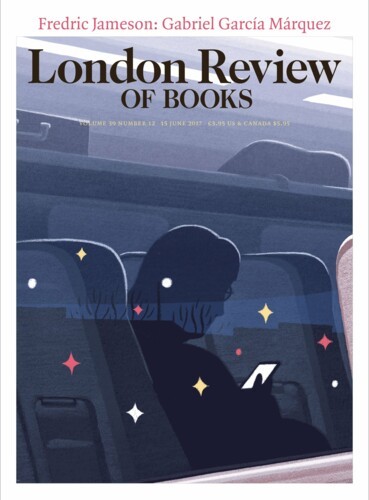Insults
Richard Wollheim, 19 March 1987
Semites and Anti-Semites
by Bernard Lewis.
Weidenfeld, 288 pp., £15, August 1986,0 297 79030 7 Show More
by Bernard Lewis.
Weidenfeld, 288 pp., £15, August 1986,
After the Last Sky
by Edward Said and Jean Mohr.
Faber, 224 pp., £6.95, September 1986,0 571 13918 3 Show More
by Edward Said and Jean Mohr.
Faber, 224 pp., £6.95, September 1986,
“... point of some significance is that, while this literature is by now very extensive, few of the major figures of modern Arabic literature are among its authors.’ A second disadvantage of placing the study of prejudice above that of conflict is that it makes it extremely difficult for the reader to decide whether – or, more to the point perhaps, by how ... ”
